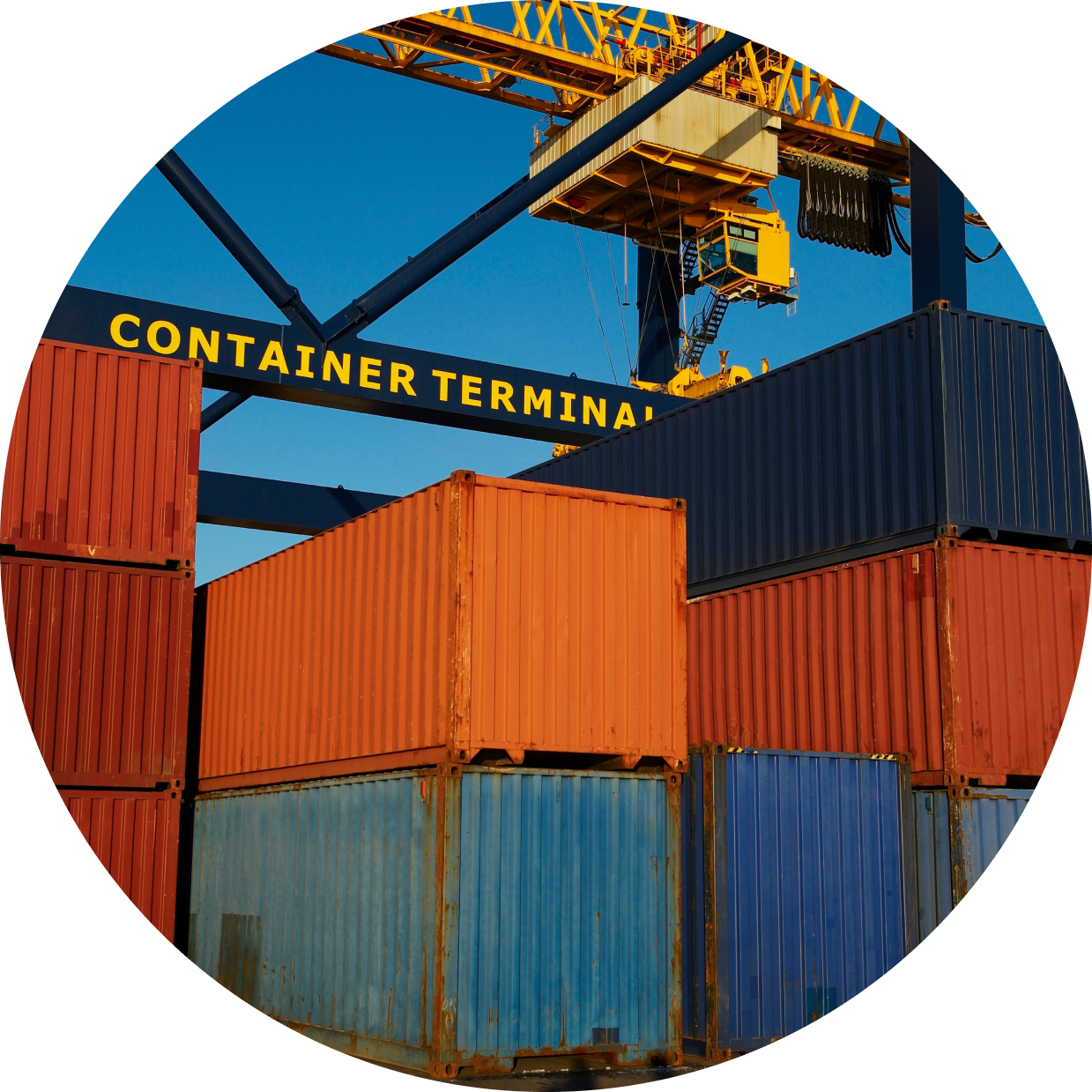Turning Returns into a Profit Center for an Outdoor Power Tool Brand


Challenge:
A leading outdoor power tool company was facing inefficiencies in its returns supply chain and Service Parts management due to outdated, manual processes. Their existing third-party logistics (3PL) provider lacked integration capabilities, leading to slow, error-prone workflows.
Additionally, a significant portion of returned products—exclusively sold through Home Depot—were being used and returned well into their lifecycle. Without an effective solution, Home Depot’s default process was destroying these products, resulting in unrecoverable losses and wasted inventory. This problem also impacted the company’s inventory optimization and supply chain performance, creating additional challenges.
The company needed an innovative solution to reclaim value from returns, optimize the reverse supply chain, and eliminate inefficient manual processes.
What Is Returns Recertification & EDI Integration?
Returns recertification refers to the process of refurbishing and reselling returned products instead of discarding them as waste. By integrating EDI WMS (Electronic Data Interchange with Warehouse Management Systems), businesses can streamline returns, automate workflows, and efficiently resell certified refurbished goods.
Additionally, specific EDI transactions like EDI 940 (Warehouse Shipping Orders) play a crucial role in ensuring seamless communication between systems, improving inventory control systems, and facilitating reverse logistics in supply chain management.
Why Is an Optimized Returns Process Critical?
- – Reduces Financial Losses: Instead of discarding products, businesses can reclaim value through recertification.
- – Enhances Sustainability: Eliminates unnecessary waste, supporting environmentally responsible operations with recycled products.
- – Streamlines Logistics: EDI integration reduces manual processes, labor costs, and errors.
- – Creates New Revenue Streams: Transforms returns into a profit center, maximizing financial recovery.
- – Supports Reverse Supply Chain Management: Boosts efficiency across the entire reverse supply chain.
Our Solution:
Supply Chain Solutions (SCS) implemented a comprehensive return management and recertification system, including:
- – EDI Integration for Seamless Returns Processing: Leveraged EDI WMS protocols to eliminate manual workflows, reducing errors and improving efficiency.
- – Returns Redirection to SCS Warehouse: Rerouted all returned products to SCS facilities instead of opting for disposal of materials.
- – Factory Recertification & Repackaging: Inspected, refurbished, and repackaged products into finished goods, extending their lifecycle.
- – E-Commerce Resale Strategy: Enabled Home Depot to re-list recertified products on their e-commerce platform, enhancing supply chain metrics.
- – Parcel Shipping Optimization: Streamlined shipping processes using EDI inventory capabilities, ensuring faster deliveries back to customers.
Results:
The transformation of the company’s returns process delivered measurable improvements:
- – Eliminated Product Waste: Prevented valuable products from being destroyed in the field, supporting sustainable recycling methods.
- – Created a Profit Center Ecosystem: Reclaimed revenue by refurbishing and reselling returns, leveraging reverse logistics in supply chain management.
- – Increased Operational Efficiency: Automated previously manual processes through full EDI integration and optimized inventory control systems.
- – Sustainability Gains: Reduced landfill waste by repurposing returned products, aligning with modern supply chain strategies.
Best Practices in Returns Optimization & Recertification:
- – Integrate EDI Technology: Automate workflows to reduce inefficiencies and improve supply chain performance.
- – Maximize Product Lifecycles: Implement recertification instead of disposal, reclaiming value from returned products.
- – Leverage Returns as a Revenue Stream: Transform returns into refurbished, re-sellable goods, contributing to inventory optimization.
- – Enhance Sustainability Practices: Reduce waste while recovering financial value, ensuring eco-friendly reverse supply chain management.
Why Supply Chain Solutions?
The company partnered with Supply Chain Solutions for its expertise in:
- – EDI & Returns Integration: Seamlessly automated the returns process through advanced EDI WMS and EDI inventory solutions.
- – Factory Recertification & Logistics Optimization: Maximized product recovery and resale potential, improving overall supply chain strategies.
- – Sustainable & Profitable Solutions: Transformed a wasteful returns process into a profit center while supporting reverse logistics in supply chain management.
Learn More:
Struggling with product returns and inefficient logistics? Contact Supply Chain Solutions today to learn how we can help turn returns into revenue.
Frequently Asked Questions:
What is EDI 940 and how does it relate to returns supply chain?
EDI 940, or Warehouse Shipping Order, is a critical EDI transaction that helps streamline communication between systems during the returns process. It ensures accurate inventory updates and efficient logistics, improving overall returns supply chain operations.
How does EDI WMS improve reverse logistics in supply chain management?
By integrating EDI WMS (Warehouse Management Systems), businesses can automate workflows, track returned goods, and optimize warehouse operations. This reduces errors and improves the efficiency of reverse logistics in supply chain management.
Why are inventory control systems important in return logistics?
Effective inventory control systems ensure that returned products are tracked, refurbished, and restocked efficiently. This supports inventory optimization and minimizes financial losses in return logistics.
What are some key supply chain metrics for returns optimization?
Key metrics include return rate, recertification success rate, product lifecycle extension, and financial recovery per returned item. These metrics help businesses track and improve their supply chain strategies.
What is the difference between reverse supply chain and reverse logistics?
The reverse supply chain encompasses all activities related to managing returned goods, from recertification to resale. Reverse logistics, a subset of the reverse supply chain, focuses on the transportation and storage of returned products to ensure efficiency.
Need Expert Logistics Advice?
Let’s optimize your supply chain for growth. Reach out to our experts today.
- contact@scsolutionsinc.com 616.554.8900 ext. 101
- Shipment Tracking tms@scsolutionsinc.com